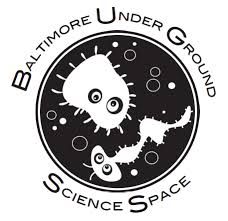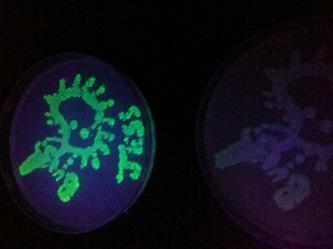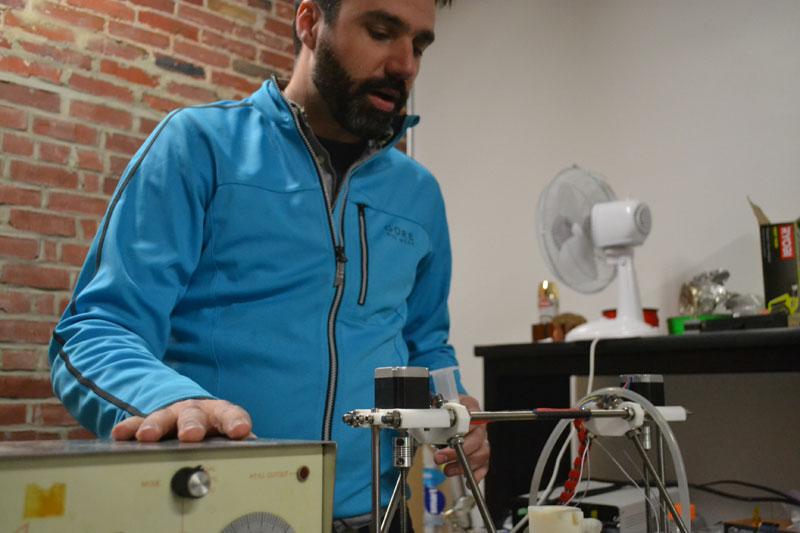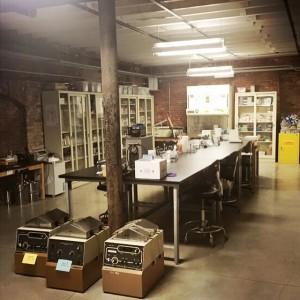 3D bioprinting is the process of using 3D printing technology to generate living cell structures that maintain the cell function and growth within the printed tissue. The first bioprinting patent in the United States was filed back in 2003 and only approved in 2006. Since then private researchers, hospitals and even home grown 3D bioprinters have been experimenting with the emergent technology. While the process is still extremely new and several years away from a viable application, one day researchers hope to use it to 3D print replacement organs, generate living tissue for medical testing and even help with reconstructive surgery.
3D bioprinting is the process of using 3D printing technology to generate living cell structures that maintain the cell function and growth within the printed tissue. The first bioprinting patent in the United States was filed back in 2003 and only approved in 2006. Since then private researchers, hospitals and even home grown 3D bioprinters have been experimenting with the emergent technology. While the process is still extremely new and several years away from a viable application, one day researchers hope to use it to 3D print replacement organs, generate living tissue for medical testing and even help with reconstructive surgery.
While this research is being conducted all over the world, many are starting to see Baltimore Maryland as a hub for 3D bioprinting in the United States thanks to groundbreaking research being conducted at Johns Hopkins University’s Grayson Lab. Baltimore also happens to be home to one of the world’s first 3D printing makerspaces, a lab called BUGSS. The volunteer-run Baltimore Underground Science Space (BUGSS) lab is located in south Baltimore and has three home built bioprinters that are run and maintained by the group’s membership. The biotechnology laboratory space was created by and made for amateur, professional, and citizen scientists and artists to safely and socially responsibly explore the world of biotechnology.
One of the bioprinting hobbyists who run BUGSS is Ryan Hoover, an artist and faculty member at the Maryland Institute College of Art. Not only does Hoover help maintain the on-site bioprinters, but he helps run several projects related to biotechnology, including an ongoing bio-art project and the development of working biosensors made from living tissue. He is also a board member and helps maintain the labs schedule and develop educational biotechnology courses. But mostly he just likes to experiment with 3D bioprinting in his free time.
“I’m a little restless. I get bored easily, and I’m always curious to find new ways of making things. BUGSS is what we call a ‘citizens science center.’ It’s a place where a number of people can come in and learn about science,” Hoover told local news channel WMAR Baltimore.
 All three of the 3D bioprinters at BUGSS use live stem cells from plants for their research and experiments. Hoover is experimenting with the plant material in the hopes that he can create the perfect 3D bioprinting solution to encourage the plant cells to correctly differentiate and coalesce into living tissue. His research involves tweaking the bioprinter extrusion methods and the 3D modeling software to spur the cells to grow and improve the quality finished tissue. The ultimate goal being the ability to 3D print real wood material.
All three of the 3D bioprinters at BUGSS use live stem cells from plants for their research and experiments. Hoover is experimenting with the plant material in the hopes that he can create the perfect 3D bioprinting solution to encourage the plant cells to correctly differentiate and coalesce into living tissue. His research involves tweaking the bioprinter extrusion methods and the 3D modeling software to spur the cells to grow and improve the quality finished tissue. The ultimate goal being the ability to 3D print real wood material.
While the research and bioprinting being conducted at BUGSS is perhaps not as advanced as the type being done over at Johns Hopkins University, or over at University of Maryland’s tissue engineering and biomaterials laboratory, the work is still important. Just like the work done at traditional 3D printing makerspaces, the bioprinting work being done by Hoover and the rest of the members at BUGSS will push the entire technology forward.
“I hope there can be this loop of, we kind of explore some wild side of things, that maybe lead to some insights for these other researchers. And we certainly gain a lot from the researchers in this field,” Hoover continued.
BUGSS was started as a Maryland non-profit corporation in 2012 to provide a workspace for amateur scientists interested in biotechnology to learn from and interact witht with other members interested in synthetic biology and biotechnology. The BUGSS facility has 2,700 square feet of wet and dry labs where members can maintain labs, work on their own biotech projects, join group projects, learn about the technology and share the cost of lab supplies and materials. It’s just like any makerspace really, except the focus is primarily on biotechnology. You can find out more about BUGSS over on their website.
Discuss this story in the BUGSS forum thread on 3DPB.com.
Here is some video of Hoover speaking to his local news station about the BUGSS lab:
Subscribe to Our Email Newsletter
Stay up-to-date on all the latest news from the 3D printing industry and receive information and offers from third party vendors.
Print Services
Upload your 3D Models and get them printed quickly and efficiently.
You May Also Like
Consolidation in AM: How 2025 Is Shaping the Industry’s New Normal
The first half of 2025 has been marked by a clear shift in the additive manufacturing (AM) industry. Companies are no longer just focused on developing new tech by themselves....
Etsy Design Rule Change Reduces Selection of 3D Printed Goods
Online marketplace Etsy has implemented a rule change requiring all 3D printed goods on the site to be original designs. The update to the site’s Creativity Standards states, ¨Items produced using...
U.S. Congress Calls Out 3D Printing in Proposal for Commercial Reserve Manufacturing Network
Last week, the U.S. House of Representatives’ Appropriations Committee moved the FY 2026 defense bill forward to the House floor. Included in the legislation is a $131 million proposal for...
Transforming From Tourist to Native: Duro CEO Michael Corr Explains Why the Company Rebuilt its PLM Software on AI
In these early innings of the AI boom, many market analysts have expressed concern that AI spend has gotten too far ahead of the technology’s proven ability to deliver significant...



































